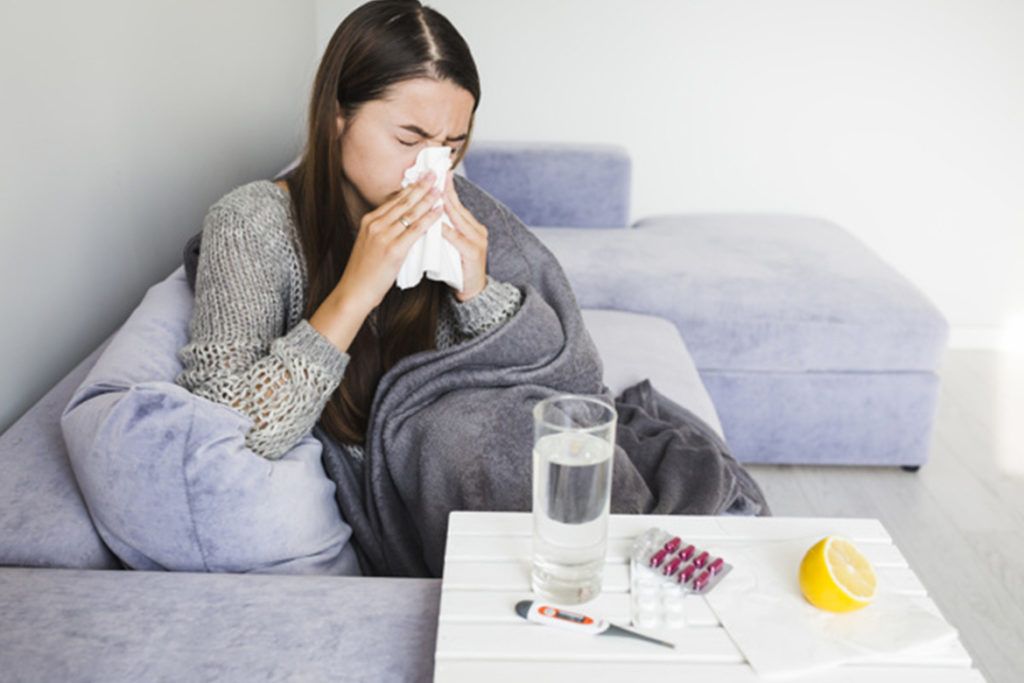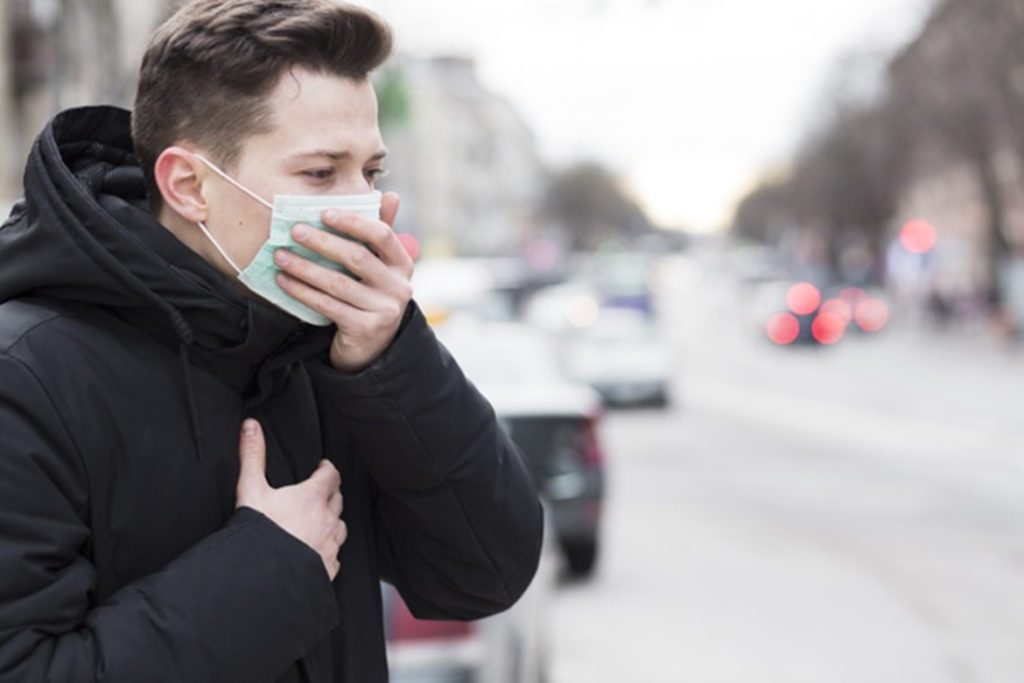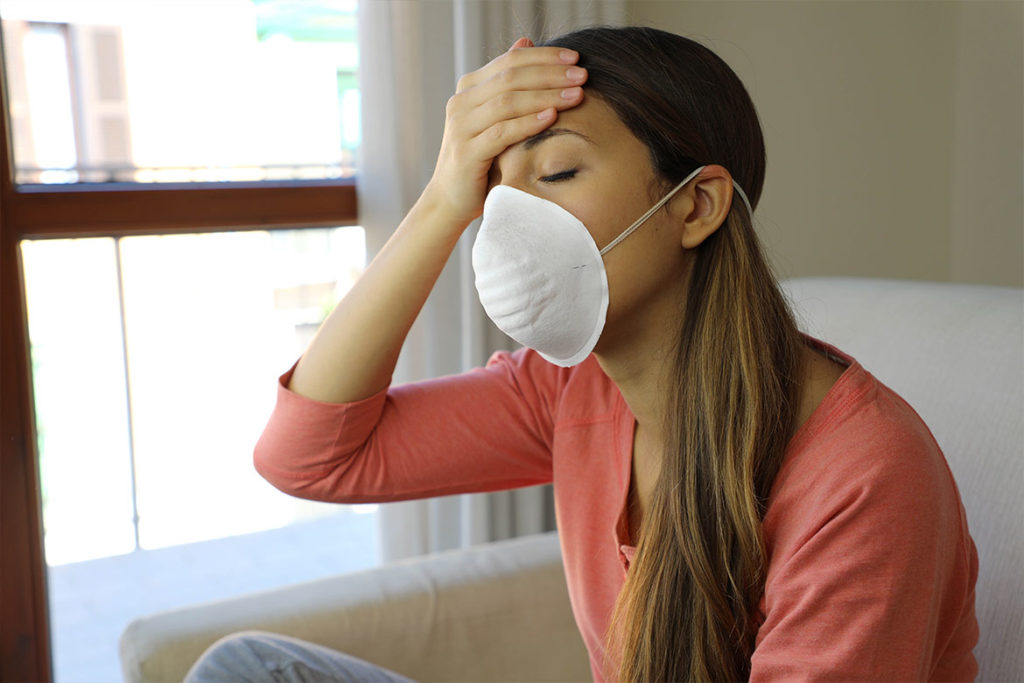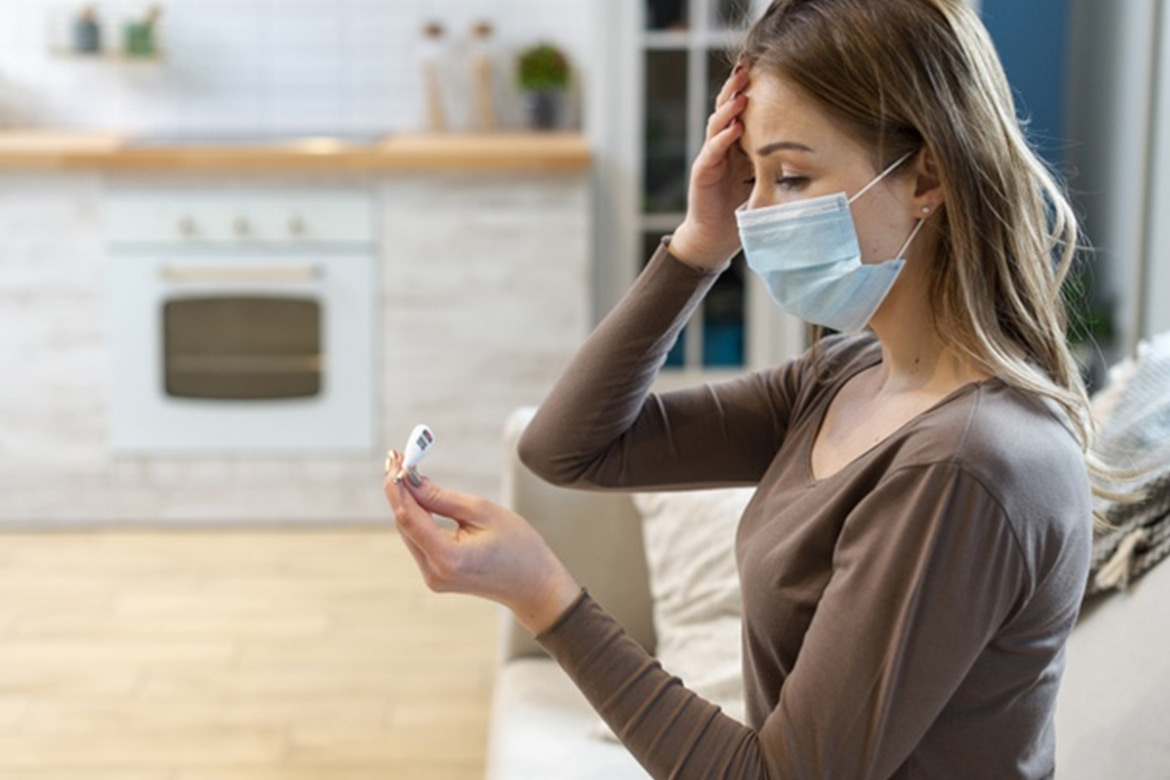Overview
The outbreak of Novel coronavirus disease (COVID-19) was first noticed in a seafood market of Wuhan city in Hubei Province of China in mid-December, 2019. It has now spread to 214 countries or territories worldwide. The WHO (World Health Organization) has identified SARS-CoV-2 as a modern strain of the coronavirus. COVID-19 is caused by SARS-CoV-2 that can trigger a lung infection and upper as well as lower respiratory tract infection. It affects the upper respiratory tract organs (sinuses, nose, and throat) as well as lower respiratory tract organs (windpipe and lungs). It spreads through person-to-person physical contact. The infection can be mild, moderate, or deadly. The virus has quickly spread around the globe. SARS-CoV-2 is a modern strain of coronavirus, including the one that causes severe diseases such as the Middle East respiratory syndrome (MERS) and sudden acute respiratory syndrome (SARS). The other strains of corona cause the cough and cold that affect humans during the year. However, it is not a serious threat to healthy people.

Also Read:-What Are The Causes of Depression
Coronavirus belongs to a group of viruses that causes the common cold, severe acute respiratory syndrome (SARS), and Middle East respiratory syndrome (MERS). The virus is called severe acute respiratory syndrome coronavirus 2 (SARS-CoV-2). The disease is named as coronavirus disease 2019 (COVID-19). The World Health Organization (WHO) declared the COVID-19 outbreak as a pandemic in April 2020. Various public health groups and WHO are monitoring the pandemic and posting updates. They have also issued recommendations for preventing and treating the disease in the public interest.
- Symptoms
Symptoms of COVID-19 may take 2 days to 2 weeks to develop after exposure. The time after exposure and before having symptoms is known as the incubation period. Common signs and symptoms can include:
- Fever
- Tiredness
- Cough
- Loss of taste
- Loss of smell.
- Shortness of breath or difficulty breathing
- Muscle aches
- Chills
- Sore throat
- Runny nose
- Headache
- Chest pain
- Fatigue
- Chills and shivering
- Body aches
- Nausea
- Diarrhea
The virus can cause pneumonia, respiratory infection, septic shock, and death. COVID-19 complications are mainly caused by cytokine release syndrome or a cytokine storm. The syndrome appears when an infection triggers the immune system to flood the bloodstream with inflammatory proteins called cytokines. They can kill healthy tissue and damage internal organs. If you notice the following severe symptoms, try to get medical help:

- Confusion
- Can’t get up fully
- Bluish lips
- Pale face
- Stroke
Face: If a side of the person’s face is numb or drooping. If their smile is lopsided?
Arms: Check if one arm is weak or numb? Look for sagging arm when they try to raise both arms.
Also Read:-What are some of the most effective ways to fight depression?
Speech: Notice unclear speech if any. Ask them to speak a few words.
Time: Every minute is important when someone shows signs of a stroke.
The symptoms can develop between 2 days to 2 weeks. It may differ from person to person. According to researchers, these were the most common symptoms among people suffering from COVID-19:
- Fever
- Fatigue
- Cough
- Lack of appetite
- Body aches
- Shortness of breath
- Mucus or phlegm
- Blood clots in legs, lungs, and arteries
- Preventive Measures
- Wash hands frequently and carefully
Use lukewarm water and antibacterial/antiviral soap to rub your hands for at least 15 seconds. Work the lather up to the wrists. Wash thoroughly between the fingers, and under the fingernails. Use hand sanitizer frequently. Rewash hands after touching any surface including phone, tablet, or laptop.

- Do not touch your body-parts
SARS-CoV-2 can live on the surface for up to 48 to 72 hours. You can get the virus on your hands if you touch a surface like a gas pump handle, cell phone, or a doorknob. Avoid touching any part of your face or head, including mouth, ear, nose, hair, eyes, and cheeks. Do not bite fingernails. This can help SARS-CoV-2 to enter the body through hands.
- Say no to hand-shake – Hugging
Avoid touching other people. SARS-CoV-2 can be transmitted from one person to another by physical contact.
- Don’t share personal belongings
Do not share personal items like gadgets, makeup kit, towel, and comb. Avoid sharing utensils and straws. The reusable cup, straw, and dishes should be kept separate for every family member.
- Cover mouth and nose while coughing and sneezing
The SARS-CoV-2 virus is mainly found in the nose and mouth. Hence, it can be transmitted by air droplets to others while coughing, sneezing, or talking. It can also stay on hard surfaces for up to 2 to 4 days. Use a tissue or piece of cloth to cover the mouth or nose while coughing. Sneeze into your elbow or sleeves to keep your hands clean. Sanitize your hands after you sneeze or cough.
- Clean the surfaces with disinfectant
Use alcohol-based disinfectants to clean hard surfaces in your homes like countertops, doorknobs, furniture, and toys. Clean electronic gadgets and anything that you use regularly several times a day. Disinfect the areas after bringing groceries or packages into the house. Use white vinegar or hydrogen peroxide solutions for daily cleaning.
- Social distancing
The SARS-CoV-2 virus is found in the sputum of the infected person. This can happen even if they are asymptomatic. Physical or social distancing means staying home and avoid any kind of physical contact. If you have to go out, do keep a distance of 6 feet or 2 m from another person. One can transmit the virus by speaking to someone in close contact with them.
- Avoid get-to-gathers
Being in a group or gathering makes it more likely that people will be in close contact with each other. Hence, avoid religious gatherings, malls, parks, beaches, and multiplexes, as you may have to sit or stand too close to another person.
- Avoid eating or drinking in public places
Avoid visiting restaurants, coffee shops, bars, and eateries as the virus can be transmitted through dishes, spoon, bowls, and cups. It may also be temporarily airborne from other persons. Opt for home delivery or takeaway food. Order foods that are thoroughly cooked. High heat (at least 132°F) helps to curb coronaviruses. Avoid consuming stale and raw food from restaurants, buffets, and open salad bars.
- Wash vegetables and fruits
Wash fruits and vegetables under running water before eating. Avoid soap, detergent, or any commercial products to wash fruits and vegetables. Do not forget to wash your hands before and after handling such items.
- Wear a mask
The Centers for Disease Control and Prevention (CDC) recommends that almost everyone wears a face mask in public settings. Face masks can help prevent people who are asymptomatic or undiagnosed from transmitting SARS-CoV-2 when they breathe, talk, cough, or sneeze. This, in turn, may slow down the transmission of the virus. The CDC’s website has provided guidelines for home-made masks using the basic material.
Remember
Wearing a mask alone will not prevent SARS-CoV-2 infection. Hand-washing and social distancing must also be followed.
Cloth masks aren’t as effective as surgical masks or N95 respirators. However, such masks should be first reserved for healthcare workers and first-line warriors.
Before putting on the mask, sanitize your hands
Wash face mask after every use.
The virus can be transferred from hands to the mask. If you’re wearing a mask, avoid touching the front side of it.
The virus can be transferred from the mask to your hands. Hence, wash your hands if you have touched the front side of the mask.
A mask shouldn’t be worn by a child aged below 3, a person having trouble breathing, or a person who can’t remove the mask on their own.
- Self-quarantine/ Home isolation
Call the doctor if you have any symptoms. Stay home until you recover. Avoid sitting or eating with your family members even if you live in the same house.
Wear a mask and wash hands as frequently as possible.
- Bottomline
COVID-19 is a respiratory illness that develops from an infection with the new coronavirus SARS-CoV-2. The prime symptoms of COVID-19 are cough, fatigue, fever, and breathlessness. It is important to recognize how its symptoms differ from other conditions. You can do this by considering your symptoms, development, and risk for exposure to SARS-CoV-2. Follow home quarantine rules until you’ve recovered. Seek treatment if symptoms begin to worsen. Currently, there are no vaccines or antivirals available for COVID-19. However, simple measures can help protect you and others. These include frequent hand washing, not touching your face, and staying home when sick.
